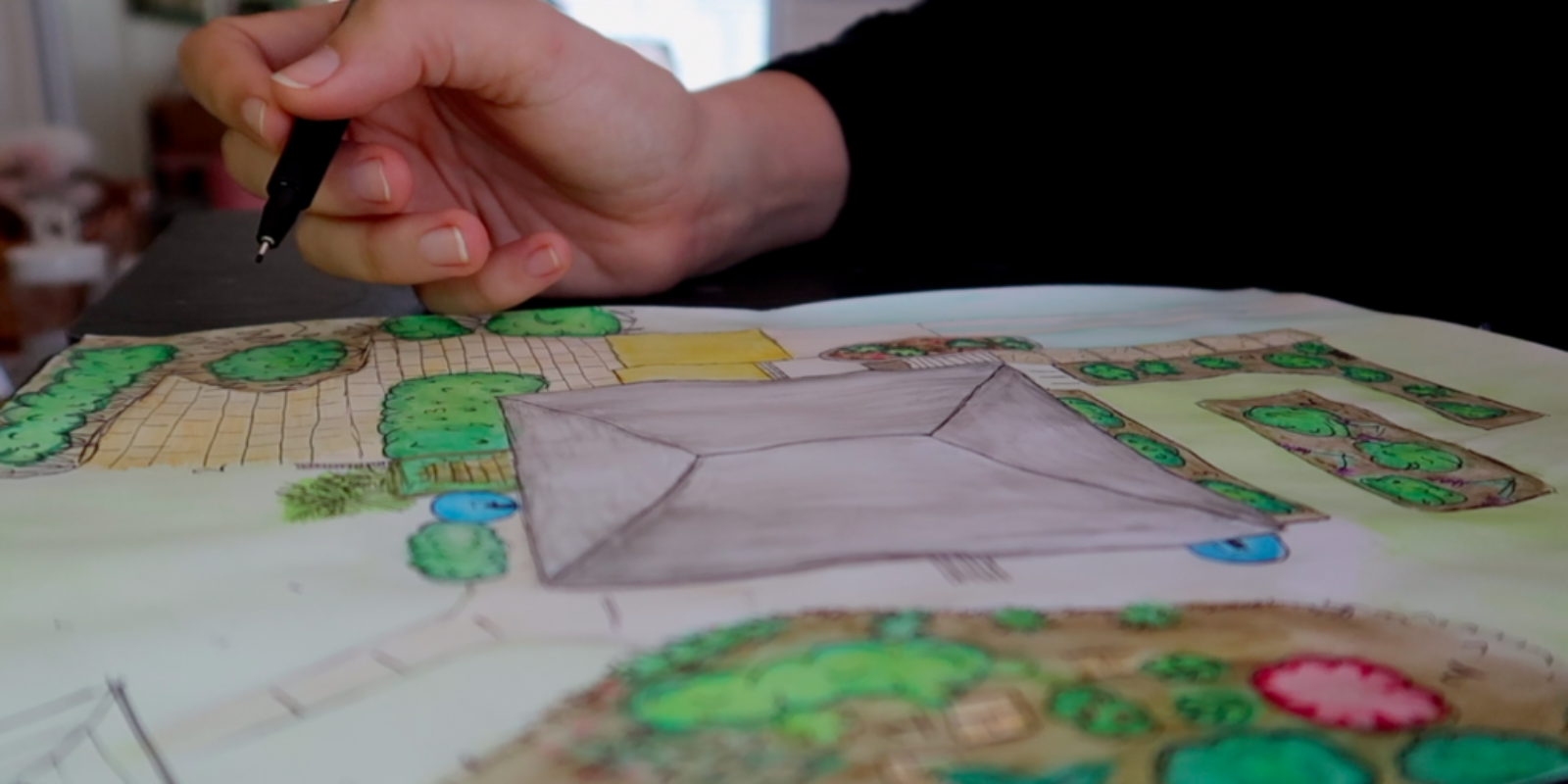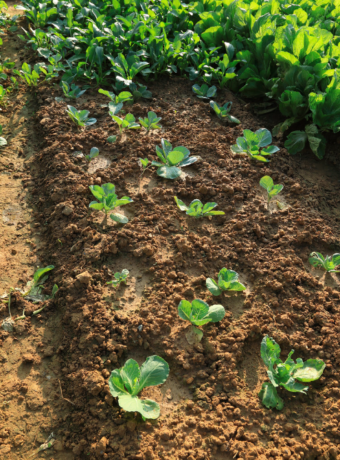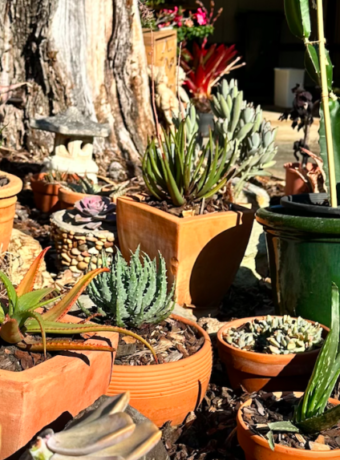Permaculture is a holistic design system that focuses on creating sustainable and regenerative systems. At the heart of permaculture is the concept of thinking in systems, which involves understanding the relationships between different elements in an ecosystem and designing systems that work in harmony with nature. Learning how to think in systems is the most important part of permaculture because it allows us to create long-lasting, regenerative solutions that are sustainable over the long term.
Hierarchy is a key tool for thinking in systems, as it allows us to organize and prioritize different elements based on their relationships and functions within the system. The permaculture zones are an example of hierarchy, as they divide a living space into different zones based on their proximity to the home, the frequency of use, and the energy inputs and outputs required. This hierarchy allows us to design a permaculture system that is efficient and sustainable, with elements that require more attention and energy inputs placed closer to the home, and elements that require less attention and energy inputs placed further away. The use of hierarchy in permaculture design allows us to think in systems and create a sustainable living space that works in harmony with nature.
Permaculture Zones
One of the key concepts in permaculture is the idea of zoning, which involves organizing your land into different zones based on their proximity and frequency of use. By understanding the different permaculture zones, you can design your land to maximize efficiency and productivity while minimizing waste and effort.

Zone 0: The Home The first zone is zone 0, which is the home itself. This is the centre of the permaculture design, where all decisions and planning begins. Zone 0 is focused on self-sufficiency and sustainability within the home, such as energy and water conservation, composting, and waste reduction.
Zone 1: Intensive Cultivation Zone 1 is the area closest to the home and is often the most intensively cultivated. This zone typically includes vegetable gardens, fruit trees, and small livestock. This zone requires the most frequent maintenance and attention, and is often the most productive area on the property.
Zone 2: Semi-Intensive Cultivation Zone 2 is a larger area that is less intensively cultivated than zone 1. This zone may include larger livestock, such as goats or sheep, as well as orchards and larger-scale food production. This zone requires less frequent maintenance than zone 1, but still requires regular attention.
Zone 3: Managed Wildness Zone 3 is a more extensive area that is managed to promote wildness and natural habitats. This zone may include pasture for grazing, woodlands, or managed forests. This zone requires little maintenance beyond occasional thinning or pruning.
Zone 4: Semi-Wilderness Zone 4 is an area that is mostly left to grow naturally. This zone may include wild forests, meadows, and wetlands. This zone is used for foraging, hunting, and other activities that don’t require active management.
Zone 5: Wilderness Zone 5 is an area that is left completely wild and untouched by human intervention. This zone is used for conservation and habitat preservation.
By organising your property into these different zones, you can design a permaculture system that is both efficient and sustainable. The permaculture zones allow you to focus your efforts on the areas that require the most attention, while promoting natural habitats and conservation in other areas. Understanding the permaculture zones is an essential part of designing a successful permaculture system.
Permaculture For ANYONE (Zone 0)
Permaculture is a design system that can be applied to any space, regardless of size or location. Even if you don’t have a yard, you can still practice permaculture by focusing on the principles of zone 0 permaculture, which involves designing and implementing sustainable systems within your home and personal space. Here are some tips for practicing zone 0 permaculture without a yard:
- Indoor gardening: Growing plants indoors is a great way to bring permaculture principles into your home. You can grow herbs, microgreens, and even small fruit trees in containers or hydroponic systems. This can provide you with fresh produce and help purify the air in your home.
- Composting: Composting is a simple way to reduce waste and create nutrient-rich soil. Even if you don’t have outdoor space for a compost bin, you can use a small indoor composting system or vermicomposting system.
- Energy efficiency: Zone 0 permaculture also involves designing your home for energy efficiency. This can include using energy-efficient appliances, insulating your home, and using natural lighting to reduce energy consumption.
- Water conservation: Conserving water is an important aspect of permaculture, even if you don’t have a yard. You can install low-flow showerheads, fix leaks, and collect rainwater in a small barrel or container for indoor plants.
- Waste reduction: Practicing waste reduction can also be a part of zone 0 permaculture. This can involve reducing your consumption of single-use plastics, composting food scraps, and repurposing items instead of throwing them away.
By implementing these practices in your home, you can practice permaculture principles and make sustainable choices even without a yard. Zone 0 permaculture can help you create a more self-sufficient and sustainable lifestyle, while also reducing your environmental impact.



